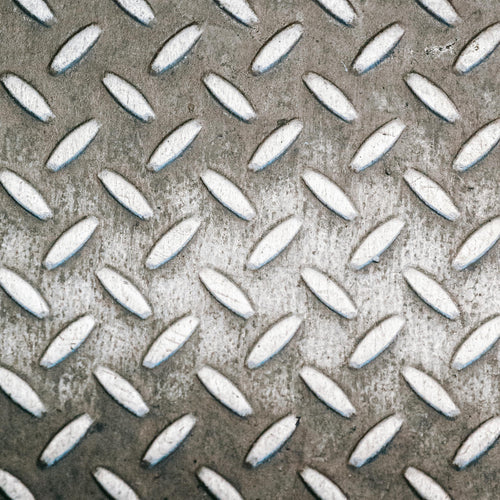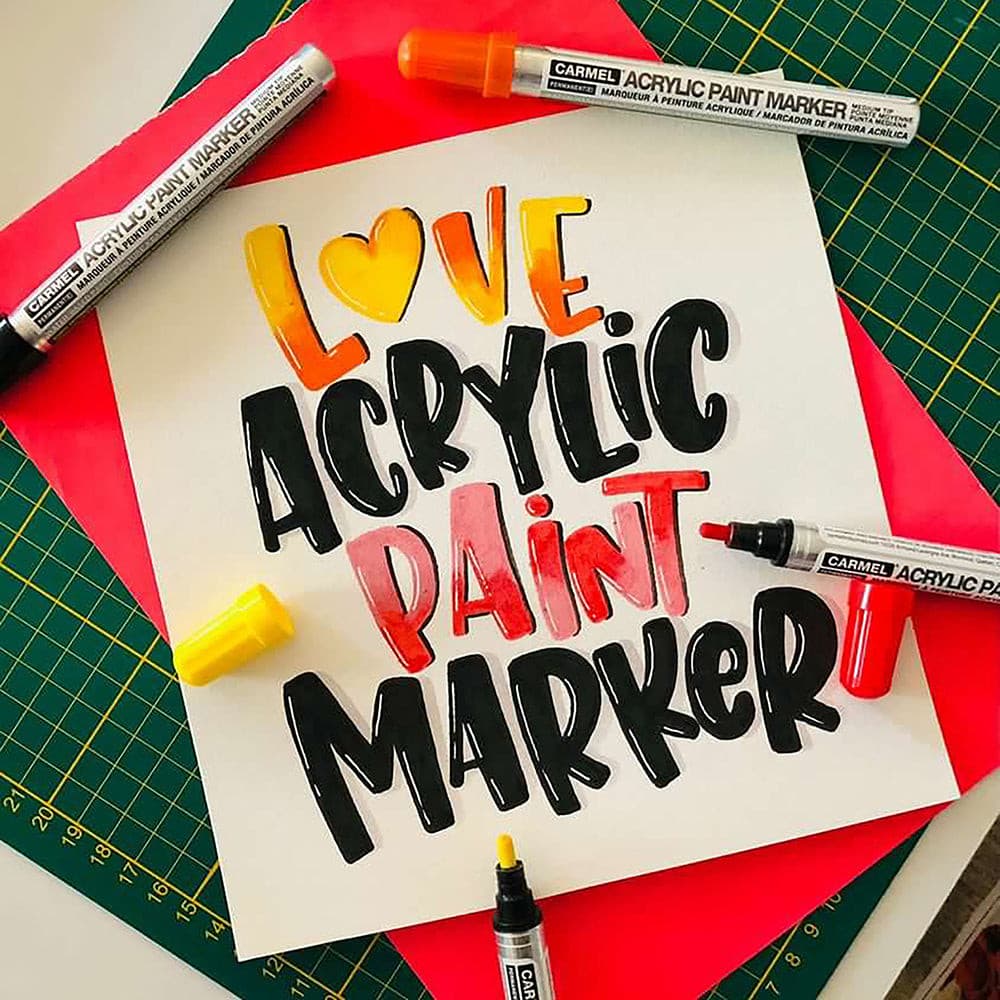The Carmel Lumber Crayon specially engineered for a wide variety of uses in the construction, lumber/timber, and stone/masonry industries. Be it at the sawmill, or building with more precision cuts, our high-performance crayons are designed for easy readability and reduced misread marks. Tried and true, they are a must-have for any construction or other woodworking professional.
Professional-grade and made to last, our Lumber Crayons are high density clay-based, extruded for maximum strength and adhesion. These hard crayons provide a longer marking life and designed for marking smoothly on wood, stone, metal, plastic, rubber, concrete, and many other rough surfaces. Whether your surface is wet, dry, hot or cold, our crayons provide an even and visible coat.
Primary industries:
- Residential, commercial and industrial construction
- Logging & millwork (forest harvesting, logging transportation, lumber mills, pulp and paper mills, processing plants
Most common uses
Construction and carpentry experts will appreciate the caliber of our PRO Lumber Crayons. Also available are our Fluorescent scannable lumber crayons which are used by sawmills that have UV (Ultraviolet) and GMR (Grade Mark Reader) scanning equipment.
Logging and millwork: The colours are highly visible and work great with almost any species of lumber. The red or yellow are recommended on darker wood (such as walnut) and red or black on light coloured woods (like maple or poplar). The contrast of colours make the lines stand out much better when you’re laying out your cut lines for larger rough cuts.
Indeed, Carmel’s Lumber Crayons are perfect for initial rough work and even writing out component names and dimensions for when it’s time to cut the pieces. Our stronger clay-based formula is made tough for reduced breakage and longer marking life.
Why not use regular crayons or markers?
Carmel Lumber Crayons apply a solid layer of coloured clay to the surface instead of liquid ink or paint. This allows lumber crayons to work on a much wider range of materials. As they are solid, and do not make use of a felt or plastic tip to transfer paint, they don’t need to be replaced often due to wear. This also means that our harder crayons work well on wood and rougher materials like concrete.
Features and benefits:
- Lead-Free, Non-Toxic
- Bright, long-lasting marks are weather and fade-resistant
- Multi-purpose marking, formulated for industrial use and rough surfaces
- Stronger formula for reduced breakage and longer life
- Superior performance on wet, frozen, or treated wood
- Clay-based for smooth, fast marking
Product selection
Construction experts and carpenters will appreciate the quality of Carmel’s lumber crayons which is available in a regular 4 ½” format, or our Jumbo Lumber crayon which is 5 ½“ long. It is important to note that our Jumbo Lumber crayons are 18 % longer than the regular 4 ½” long format, which is a great advantage taking into account that these crayons wear out as they are used.
For expert advice on Lumber & Jumbo Lumber Marking Tools, call (514) 270-5377 or E-mail us at info@carmelindustries.com



















1 comment
Douglas Newton
What is the best process to remove the markings
What is the best process to remove the markings